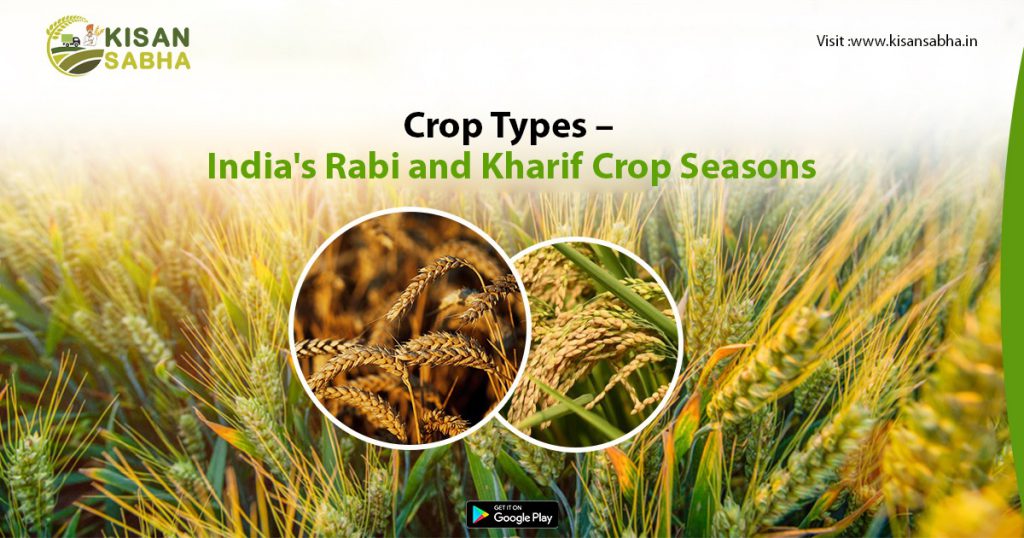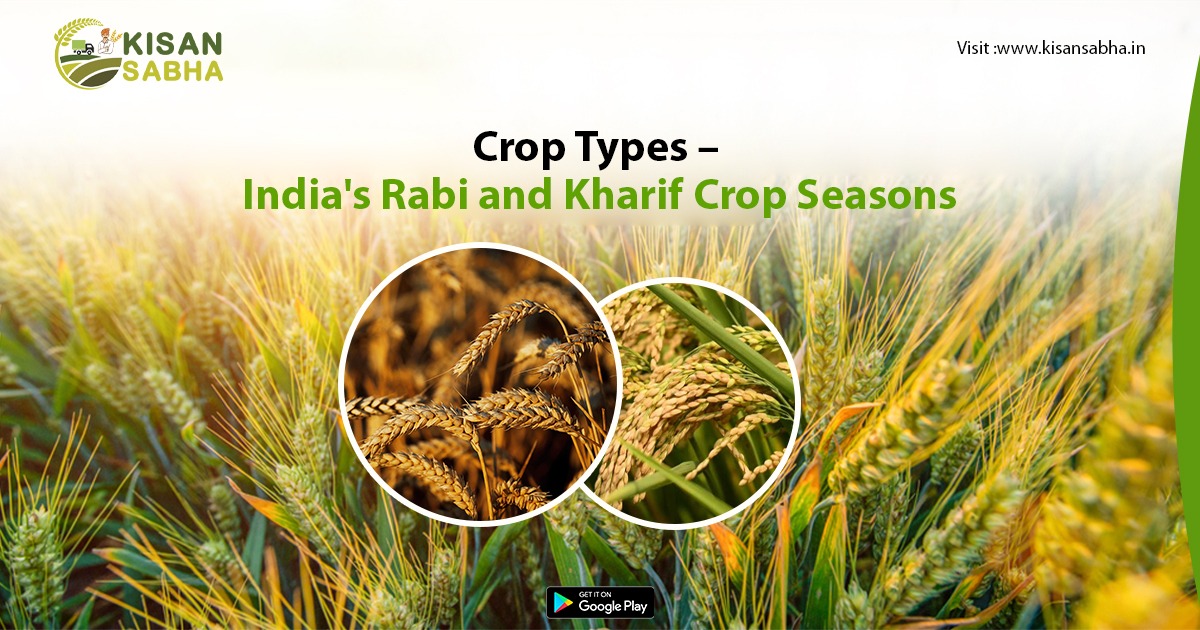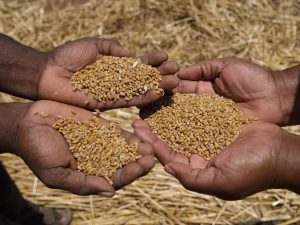India has agricultural crops that vary with the seasons and require specific climatic conditions and an appropriate atmosphere to grow. The weather makes a significant difference between Rabi and Kharif crops. Kharif and Rabi are two crops grown primarily in Asian countries during the monsoon season. While the cropping season for Kharif crops begins when the monsoon season begins and ends when the season ends. Rabi crops, on the other hand, are grown during the winter months.
Kharif crops require a hot, humid climate to grow, whereas Rabi crops require a cold, dry climate to grow. With a few examples, we will learn more about the differences between Rabi and Kharif crops in this article.
Overview of Kharif and Rabi Crops:
Kharif crops, also known as monsoon crops, are agricultural domestic plants grown and harvested in South Asia during the rainy (monsoon) season. It lasts from April to October, depending on where you live and the weather.
Rabi crops, also known as winter crops, are crops grown in South Asia during the winter and harvested in the spring. The name is basically derived from the Arabic word “rabi,” which means “spring.” It is widely used in the Indian subcontinent, where it is the spring harvest (also known as the “winter crop”).
When are Kharif and Rabi crops cultivated?
Rabi crops are mainly harvested in the spring after being sown in the winter and include plants/crops such as wheat, barley, gramme, peas, and many others. Rabi crops are primarily planted around mid-November, primarily after the monsoon rains have passed, and harvesting begins in April/May. Crops are typically grown using either rainwater that has percolated into the ground or irrigation techniques. Winter rain devastates rabi crops but benefits Kharif crops.
Kharif crops are monsoon crops that include rice, maize, pulses, and other plants. Kharif crops are typically harvested during the monsoon season, which begins as early as May in many parts of the Indian subcontinent. Kharif crops are typically harvested from the third week of September to the third week of October.
Furthermore, Pakistan and Bangladesh use the terms ‘Kharif’ and ‘rabi’ to describe their planting patterns. The words ‘Kharif’ and ‘rabi’ come from the Arabic language, and refer to the autumn and spring seasons, respectively.
What Are Rabi Crops?
Winter crops are another name for Rabi crops. They develop during the winter season, which lasts between October and March. The Arabic word ‘Rabi’ means spring. As a result, the harvesting season for Rabi crops begins in the spring. Rabi crops, as opposed to Kharif crops, require less water to grow. As a result, they can easily grow and flourish with the help of regular water irrigation. Wheat, barley, pulses, gramme, and other crops are examples of Rabi crops. During this season, farmers also plant mustard, cumin, sunflower, rapeseed, and other crops.
Rabi crops include:
Wheat, mustard, barley, green peas, sunflower, coriander, cumin, and other rabi crops are grown in India.
What Are Kharif Crops?
Kharif is also an Arabic word that means ‘autumn,’ and Kharif crops are primarily harvested during this season (September or October). These crops are also known as monsoon crops because they are sown during the monsoon season. Furthermore, they thrive in rain-fed areas with hot and humid climates. They are also highly dependent on rainfall patterns. The amount and timing of rain are the two most important factors in determining Kharif crop output. These crops are usually harvested at the end of the monsoon season, and their seeds are sown at the beginning.

However, the Kharif crop season in India varies by state. Sowing season generally runs from June to November, depending on location. The sowing season varies depending on where you live in India and when the monsoons arrive. Seeds are generally seeded towards the end of May in southern states like Kerala and Tamil Nadu, whereas seeds get planted around June in northern states like Punjab and Haryana.
Kharif crops include:
Rice, bajra, groundnut, cotton, pulses, maize, oilseeds, and other Kharif crops are some examples.
How do the seasons affect the crop?
The majority of field crops are entirely dependent on the weather for life-sustaining water and energy. Weather also affects the comfort and food supply of livestock. Adverse weather conditions can cause productivity losses on occasion, especially if they occur during critical stages of growth.
Farmers can sow the first crop (winter barley) earlier than usual due to the generally warmer spring environment, allowing them to produce the second crop (rapeseed) for the remainder of the growing season, improving soil fertility and income.
Another limiting factor for cropland growth in the area is the availability of water and fertile soil (soil deposition is mainly driven by water transportation), so agricultural expansion and intensification are currently limited to a specific distance from major river systems.
Visit us- Kisansabha.in now!!!



